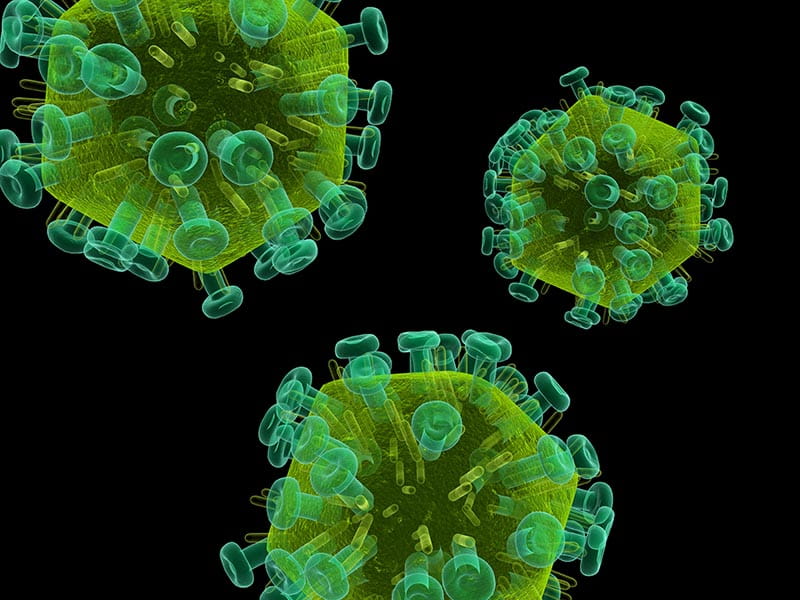Critical Care Workforce Pipeline by Shaun L Thompson
The session highlights the nationwide shortage in the critical care workforce with a
a significant gap of 48% lack of intensivists in rural areas, as reviewed by Pastores and his group from the American Hospital Association (AHA) dataset, attributed to burnout, increased requirements during a pandemic, and the need for critical care in the growing population age. According to AHA, from 2020 to 22, the number of board-certified intensivists exceeded 14,000 and continues to grow, suggesting a positive indicator. The nursing workforce, however, was reduced by 100,000 due to the pandemic. To address this, academic centres established nurse residency programs and essential training and offered advancing opportunities to retain new graduates. It is estimated that 30,000 nurse practitioners and 2,000 physician assistants are listed in critical care roles, and similar programs were also introduced to increase the workforce. The pharmacy sector reflects growth by increasing programs, positions, and anticipated leverage in board-certified critical care pharmacists to 5,200 in 2025. However, respiratory therapy is declining and requires constant efforts to be focused on the workplace environment and necessary tools. Despite the burnout in the critical care sector owing to the pandemic, SCCM is actively focusing on providing resources for well-being, and looking forward; there is a predicted increase in critical care physicians by 57% and nurse practitioners by 73% in 2025.
Violence Against Clinicians in the ICU by Marilyn N. Bulloch
A survey conducted by the SCCM revealed that about 44% reported being threatened and 41% being assaulted by the patients, with nurses being more susceptible to these attacks. Another global survey, ViSHWaS, conducted involving 5,405 professionals, revealed that 55.2% experienced violence, which ultimately impacts the work of the professionals. The solutions could include educating staff to manage aggressive behavior, behavioral coaching, virtual reality training, signage, and effective communication. An innovative study approach introduced a multidisciplinary behavioral response team that predominantly focused on handling violent incidents. Bifurcated through eight hours of training, the team developed four interventions to manage the situations and prioritize patient safety. Other techniques include establishing federal laws for protecting healthcare professionals, leveraging case workers, using technology for emergencies, finding normal ways to compromise and de-escalate awareness and proper reporting procedures, and emotional support.
Healthy Work Environments - Nursing Perspective American Association of Critical-Care Nurses by Theresa Davis
During COVID-19, the American Association of Critical Care Nurses performed a survey that indicated a decline in healthy work environment standards, with only 25% reporting appropriate staffing and nurse satisfaction decreasing from 92% to 76%. The survey also reported that 67% of nurses contemplated leaving the profession within the next three years. Another study was conducted by Watson to test an intervention focusing on self-care and professional quality of life. Although the nurses were satisfied with the intervention, the overall Quality of Life score needed a significant improvement. The ACCN has taken significant steps in addressing the challenges by introducing an Implementation Program of 12 months and a Healthy Work Environment National Collaborative, an interprofessional 24-month program that will come out in 2024. To address the staffing issue, AACN, in collaboration with the organization, suggests a healthy work environment, work flexibility, stress and injury management, innovative care models, staffing standards, improved regulatory efficiency, and total compensation.
Healthy Work Environments: A Physician Perspective by Chris Carroll
Physicians play a crucial role in maintaining the AACN outlined six aspects of a healthy work environment: authentic leadership, effective decision-making, skilled and effective communication, true collaboration, appropriate staffing, and meaningful recognition, which benefits the physicians. Pandemic effects were also observed in physicians, where 35% reported burnout, 46% considered leaving, 40% retired early due to burnout, and an estimated 117,000 physicians resigned. In conclusion, physicians contribute significantly to a healthy work environment. Creating a positive work environment benefits the multidisciplinary team and resolves burnout concerns among physicians, thus improving the quality of care.
Society of Critical Care Medicine’s Critical Care Congress (SCCM 2024), Phoenix, Arizona, USA, Jan 21-23, 2024

.svg?iar=0&updated=20230109065058&hash=B8F025B8AA9A24E727DBB30EAED272C8)

